Home>Garden Essentials>How Long Does It Take Solidago Speciosa To Germinate
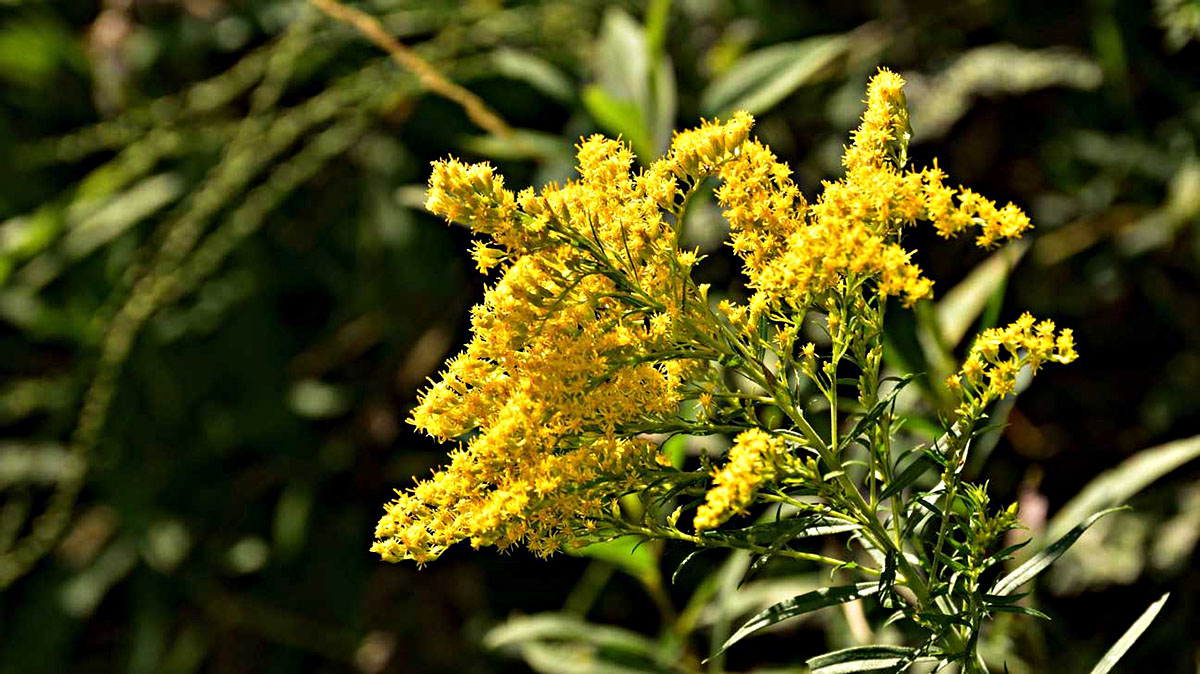

Garden Essentials
How Long Does It Take Solidago Speciosa To Germinate
Modified: March 15, 2024
Learn how long it takes Solidago Speciosa to germinate in your garden and get expert tips for successful cultivation.
(Many of the links in this article redirect to a specific reviewed product. Your purchase of these products through affiliate links helps to generate commission for Storables.com, at no extra cost. Learn more)
Introduction
Gardening enthusiasts and nature lovers often find joy in growing plants from seeds. One such plant that captures the attention of many is Solidago speciosa, commonly known as Showy Goldenrod. This stunning perennial not only adds beauty to gardens but also attracts pollinators with its vibrant yellow flowers. However, before the Showy Goldenrod can grace your garden, it must first go through the process of germination. In this article, we will explore the factors that influence the germination time of Solidago speciosa and provide insights into how to successfully grow this magnificent plant from seed.
Key Takeaways:
- Solidago speciosa seeds typically take around 2 to 4 weeks to germinate. Factors like temperature, moisture, light, and seed quality influence the speed of germination.
- Providing optimal conditions such as warm temperature, consistent moisture, and light exposure can enhance the chances of successful germination for Solidago speciosa seeds.
Read more: How Long Does It Take Clover To Germinate
Factors Affecting Germination Time
The germination time of Solidago speciosa can vary based on several factors, including environmental conditions and seed quality. Let’s explore some of the key factors that affect the germination time of this beautiful perennial:
- Temperature: Solidago speciosa seeds generally germinate best within a specific temperature range. While temperatures above 70°F (21°C) can stimulate quicker germination, temperatures below 60°F (15°C) may slow down the process. Maintaining a consistent and optimal temperature can significantly impact the time it takes for the seeds to germinate.
- Moisture: Like most plants, Solidago speciosa requires adequate moisture for successful germination. The seeds need a moist environment to absorb water and initiate the germination process. However, excessive moisture can lead to fungal growth and seed rot. Striking the right balance by keeping the soil evenly moist, but not waterlogged, is crucial for optimal germination.
- Light: Some plant species, including Solidago speciosa, exhibit light-dependent germination. This means that exposure to light can play a significant role in triggering the germination process. However, others may require darkness to initiate germination. Understanding the specific light requirements of Solidago speciosa seeds is essential for achieving successful germination.
- Seed Quality: The quality and viability of the seeds also play a crucial role in germination time. Fresh, high-quality Solidago speciosa seeds have a higher germination rate and tend to sprout faster compared to older or damaged seeds. It’s advisable to source seeds from reputable suppliers to ensure the best chances of successful germination.
- Dormancy: Some Solidago speciosa seeds may enter a dormant state, where they have a natural hard coating that prevents germination. This dormancy can be overcome through methods such as scarification (scratching the seed coat) or stratification (exposing the seeds to cold temperatures) to break the dormancy and encourage germination.
Considering these factors and providing the optimal conditions can significantly influence the germination time of Solidago speciosa. With the right knowledge and care, you can enhance the chances of successful germination and enjoy the beauty of this magnificent plant in your garden.
Optimal Conditions for Germination
To ensure successful germination of Solidago speciosa seeds, it is crucial to provide the optimal conditions. Here are some key factors to consider when creating the ideal environment for germination:
- Soil Type: Solidago speciosa prefers well-draining soil with a slightly acidic to neutral pH level. Loamy or sandy soil is ideal for this plant, as it allows for proper root growth and prevents waterlogging, which can hinder germination.
- Light: Solidago speciosa seeds require exposure to light for germination. If you are starting the seeds indoors, it is essential to provide them with approximately 12 hours of light per day using artificial grow lights. When sowing seeds outdoors, ensure they receive ample natural sunlight.
- Moisture: Keeping the soil consistently moist is vital for germination. It is recommended to water the soil gently and regularly, ensuring it doesn’t become excessively saturated. The use of a misting spray or a watering can with a fine nozzle can help prevent overwatering.
- Temperature: The optimal temperature range for Solidago speciosa germination is typically between 70°F (21°C) and 75°F (24°C). Providing a warm and stable temperature can help expedite the germination process.
- Seed Depth: Solidago speciosa seeds are light-dependent, meaning they require exposure to light to germinate. It’s important to sow the seeds on the surface of the soil or only lightly cover them with a thin layer of soil, ensuring they are not buried too deep.
- Watering Method: When watering Solidago speciosa seeds, it is advisable to use a fine mist or a gentle sprinkle to avoid displacing the seeds or causing damage. A heavy stream of water can dislodge the seeds or create washouts in the soil, affecting germination.
By creating the optimal conditions of well-draining soil, proper lighting, consistent moisture, and suitable temperature, you can greatly increase the likelihood of successful germination for Solidago speciosa seeds. Providing these favorable conditions gives the seeds the best chance to sprout and flourish, bringing the beauty of Showy Goldenrods into your garden.
Solidago speciosa seeds typically germinate within 2-3 weeks when sown in well-draining soil and kept consistently moist. Providing a warm, sunny environment can also help speed up the germination process.
Germination Process of Solidago Speciosa
Understanding the germination process of Solidago speciosa can help you effectively nurture and care for your seeds. Here is a step-by-step guide to the germination process:
- Seed Preparation: Before sowing, it’s a good idea to inspect the Solidago speciosa seeds for any signs of damage or disease. Discard any seeds that appear discolored, deformed, or damaged. If your seeds have a hard seed coat, you can use scarification techniques such as gently scratching the surface of the seed with sandpaper to enhance germination.
- Sowing: Choose a container or seed tray with adequate drainage holes and fill it with a well-draining potting mix. Spread the Solidago speciosa seeds evenly over the soil surface or lightly press them into the soil. Avoid burying the seeds too deep, as they require exposure to light for germination.
- Moistening: After sowing, gently water the soil surface, ensuring it is evenly moist. Using a misting spray or a fine nozzle watering can helps prevent overwatering and displacement of seeds. Place a plastic cover or wrap the container with a clear plastic bag to create a greenhouse-like environment and retain moisture.
- Light and Temperature: Place the container in a bright location where the seeds can receive sunlight or provide artificial grow lights to ensure they receive approximately 12 hours of light per day. Maintain a warm temperature between 70°F (21°C) and 75°F (24°C) to encourage germination.
- Germination: Solidago speciosa seeds typically take around 2 to 4 weeks to germinate. During this time, regularly check the moisture level of the soil and mist lightly if needed to keep it evenly moist. Be patient and avoid disturbing the seeds during this critical germination phase.
- Transplanting: Once the Solidago speciosa seedlings have developed a few sets of true leaves and are sturdy enough to handle, you can transplant them into individual pots or into the garden. Choose a location that provides full sunlight and adequate space for the plants to grow and thrive.
- Care and Maintenance: As the Solidago speciosa plants continue to grow, provide regular waterings to keep the soil evenly moist but not waterlogged. Weed around the base of the plants to prevent competition for nutrients. Applying a balanced fertilizer during the growing season can help promote healthy growth and abundant blooms.
By following these steps and providing the necessary care, you can witness the fascinating germination process of Solidago speciosa and enjoy the beauty of these splendid plants in your garden.
Germination Time for Solidago Speciosa
The germination time for Solidago speciosa can vary depending on various factors, such as environmental conditions and seed quality. On average, Solidago speciosa seeds typically take around 2 to 4 weeks to germinate.
It’s important to note that germination time can be influenced by factors such as temperature, moisture, light, and seed quality. Providing optimal conditions can help expedite the germination process.
Temperature plays a crucial role in the germination of Solidago speciosa. Keeping the seeds consistently warm, ideally between 70°F (21°C) and 75°F (24°C), can help accelerate germination. However, temperatures below 60°F (15°C) may prolong germination or even inhibit it.
Moisture is another critical factor for germination. Solidago speciosa seeds require adequate moisture to initiate the germination process. It’s essential to maintain the soil consistently moist, but avoid overwatering, as excess moisture can lead to fungal diseases and rot. Using a misting spray or a gentle watering can with a fine nozzle can help ensure proper moisture levels.
Light is also important for the germination of Solidago speciosa seeds. They are light-dependent seeds, meaning they require exposure to light for germination. When sowing the seeds, it’s crucial to either sow them directly on the soil surface or lightly cover them with a thin layer of soil to allow light to reach them.
Seed quality is another factor that can impact germination time. Fresh, high-quality Solidago speciosa seeds tend to have a higher germination rate and may sprout faster compared to older or damaged seeds. It’s advisable to source seeds from reputable suppliers to ensure the best chances of successful and timely germination.
Throughout the germination process, it’s important to monitor the seeds and provide consistent care. Regularly check for moisture levels and adjust watering accordingly. Ensure the seeds receive adequate light and a suitable temperature range for optimal germination.
While the germination time for Solidago speciosa may vary, patience and proper care will increase the likelihood of successful germination. Observing the germination process of these wonderful plants can be a rewarding experience, bringing the beauty of Showy Goldenrods to your garden.
Read more: How Long Does It Take Spinach To Germinate
Conclusion
Growing Solidago speciosa from seeds can be a fulfilling and rewarding experience for gardening enthusiasts. Understanding the various factors that affect germination time and providing optimal conditions can greatly increase the chances of successful germination.
Factors such as temperature, moisture, light, and seed quality play crucial roles in the germination process of Solidago speciosa. Maintaining a warm temperature between 70°F (21°C) and 75°F (24°C), keeping the soil consistently moist but not waterlogged, and providing exposure to light are essential for successful germination.
It is important to choose well-draining soil with a slightly acidic to neutral pH level when sowing Solidago speciosa seeds. Providing a favorable environment by creating the right soil conditions, light exposure, and maintaining appropriate moisture levels will greatly enhance the germination process.
Germination time for Solidago speciosa can vary, with an average duration of around 2 to 4 weeks. Patience is key during this stage, as factors like temperature, moisture, light, and seed quality can influence the speed of germination. By carefully monitoring and adjusting these factors, you can optimize the conditions for successful and timely germination.
Once the Solidago speciosa seeds have germinated, nurturing the seedlings with proper care and providing the necessary attention will promote healthy growth and development. Regular watering, adequate sunlight, and proper spacing will ensure strong and vibrant plants that will add beauty to your garden for years to come.
In conclusion, growing Solidago speciosa from seeds is a delightful journey filled with excitement and the satisfaction of witnessing the germination and growth process. By understanding the factors affecting germination time and providing optimal conditions, you can successfully cultivate these magnificent plants and enjoy their stunning yellow flowers and the pollinators they attract, adding visual beauty and ecological benefits to your garden.
Frequently Asked Questions about How Long Does It Take Solidago Speciosa To Germinate
Was this page helpful?
At Storables.com, we guarantee accurate and reliable information. Our content, validated by Expert Board Contributors, is crafted following stringent Editorial Policies. We're committed to providing you with well-researched, expert-backed insights for all your informational needs.
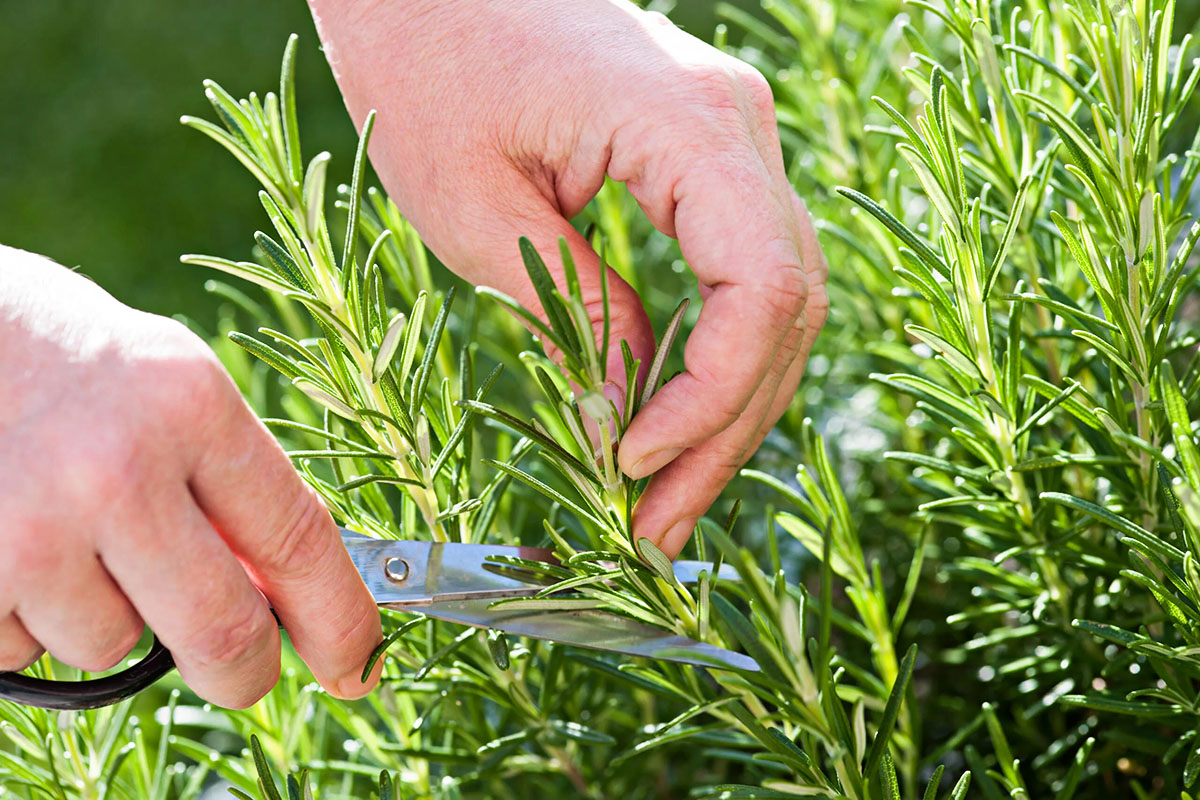
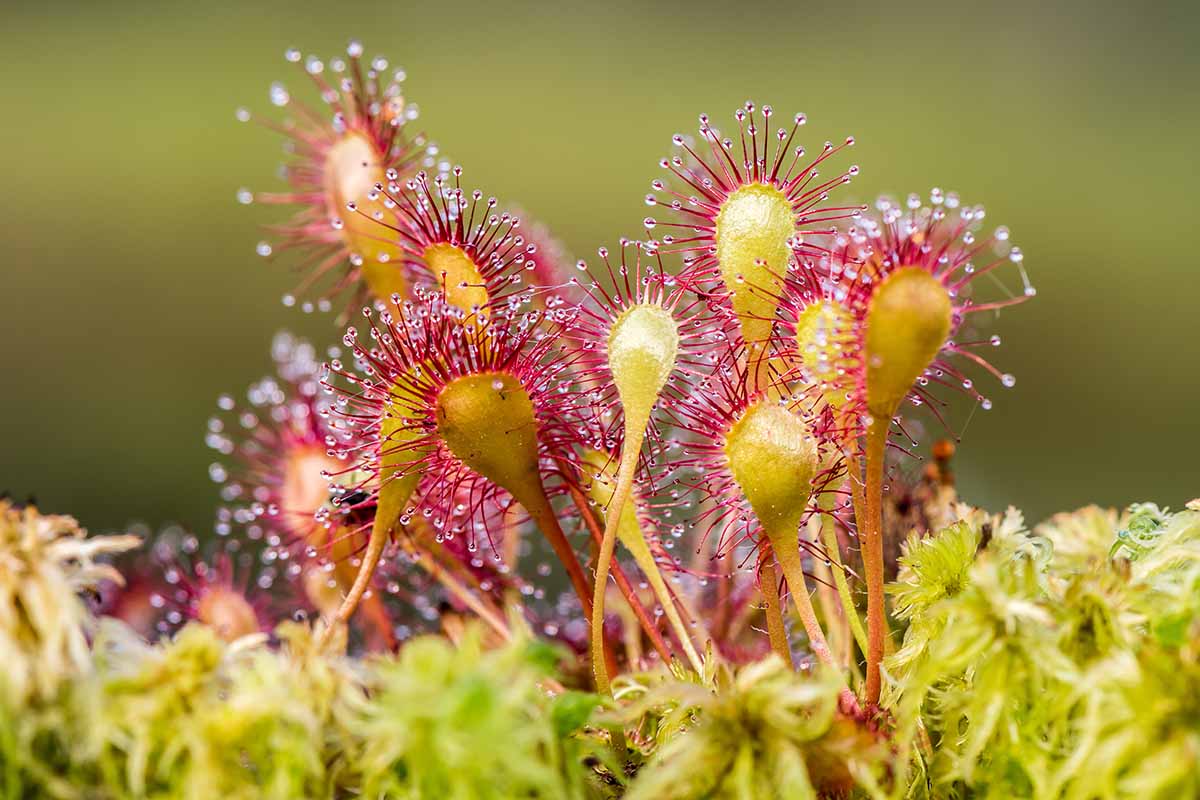
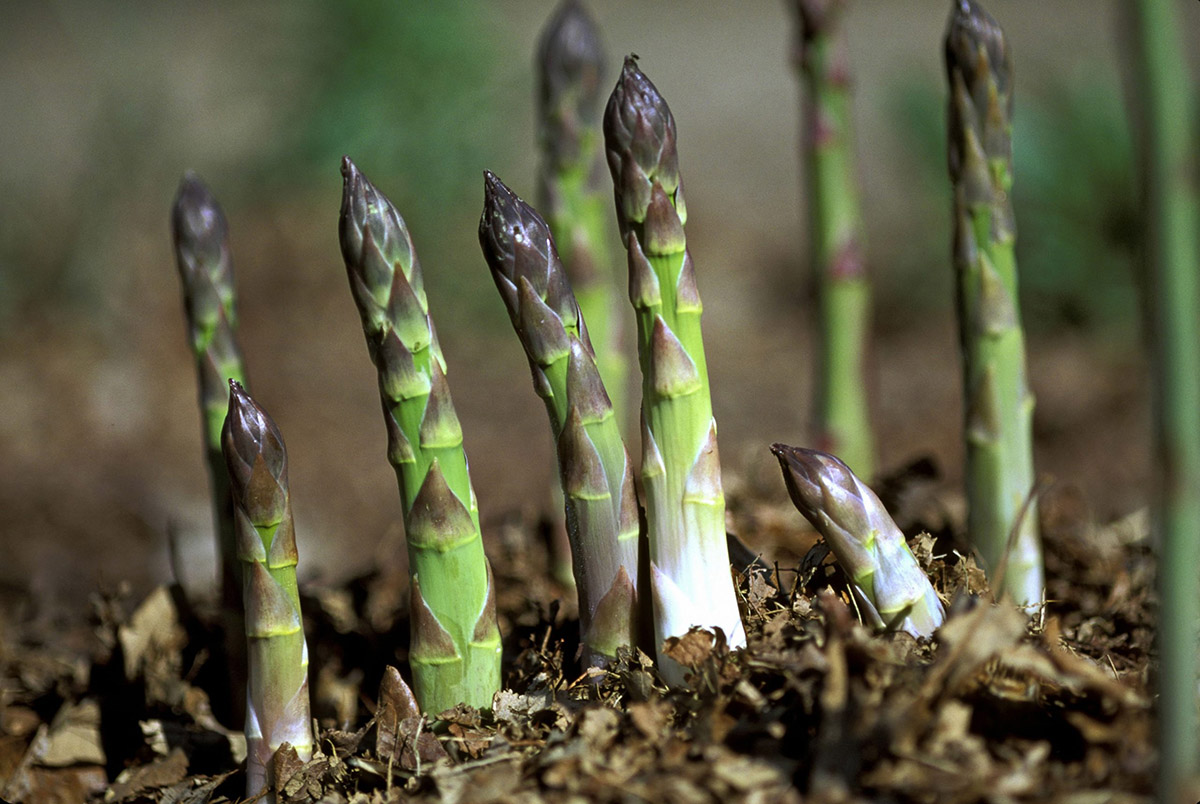
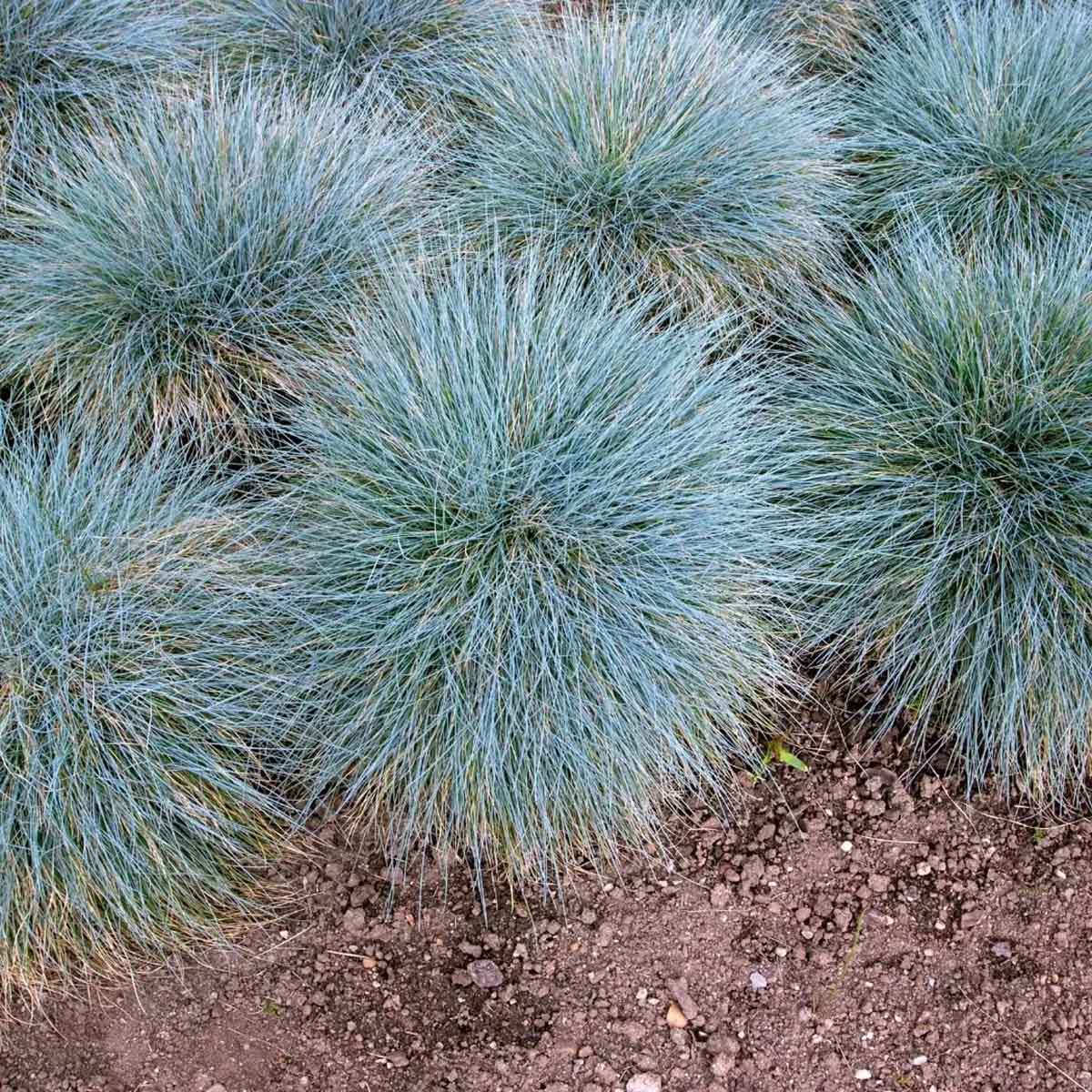
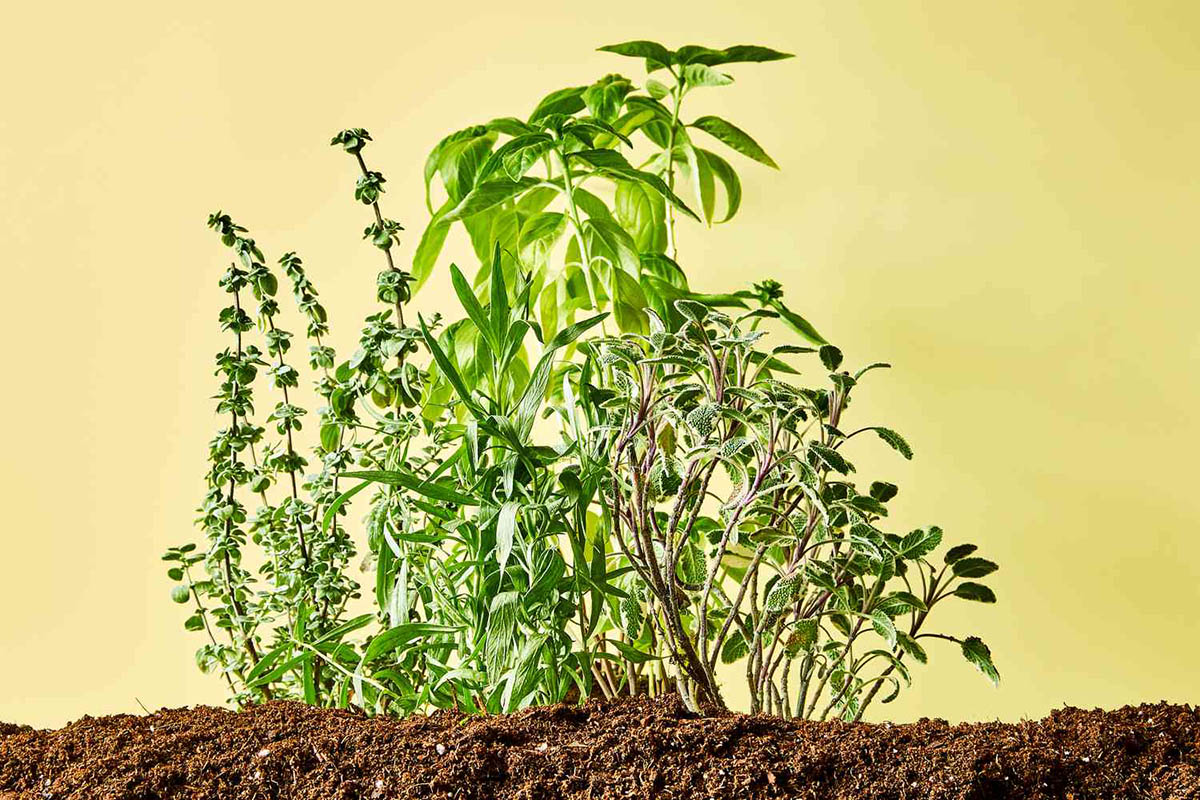
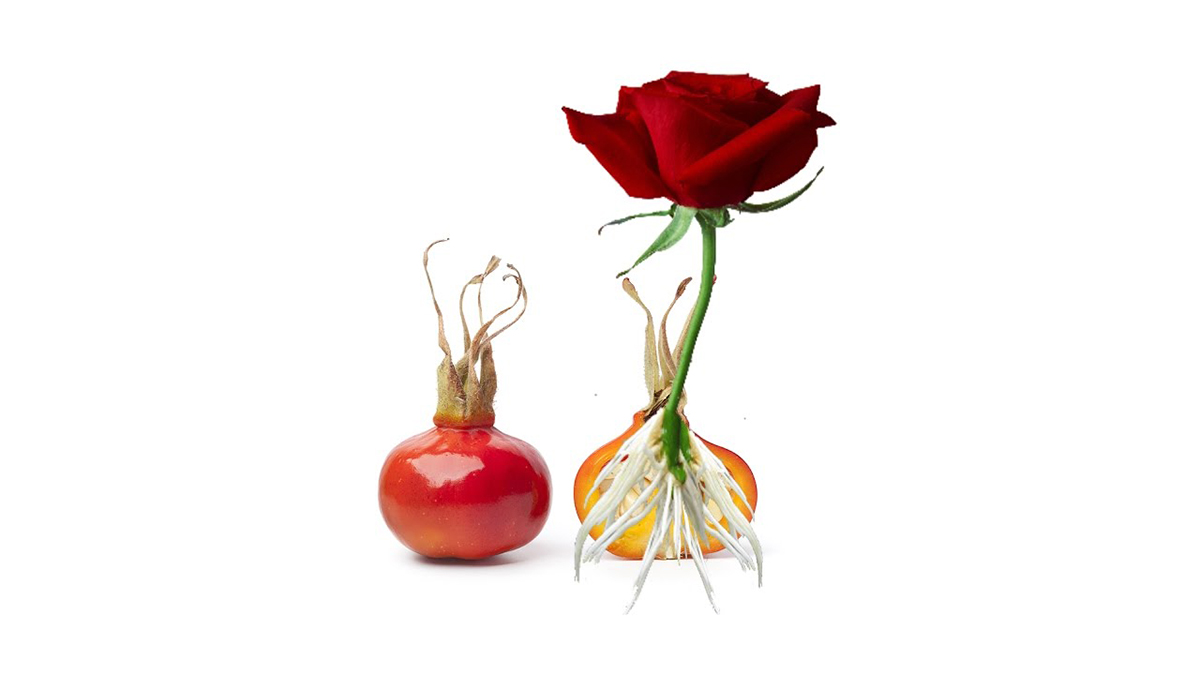
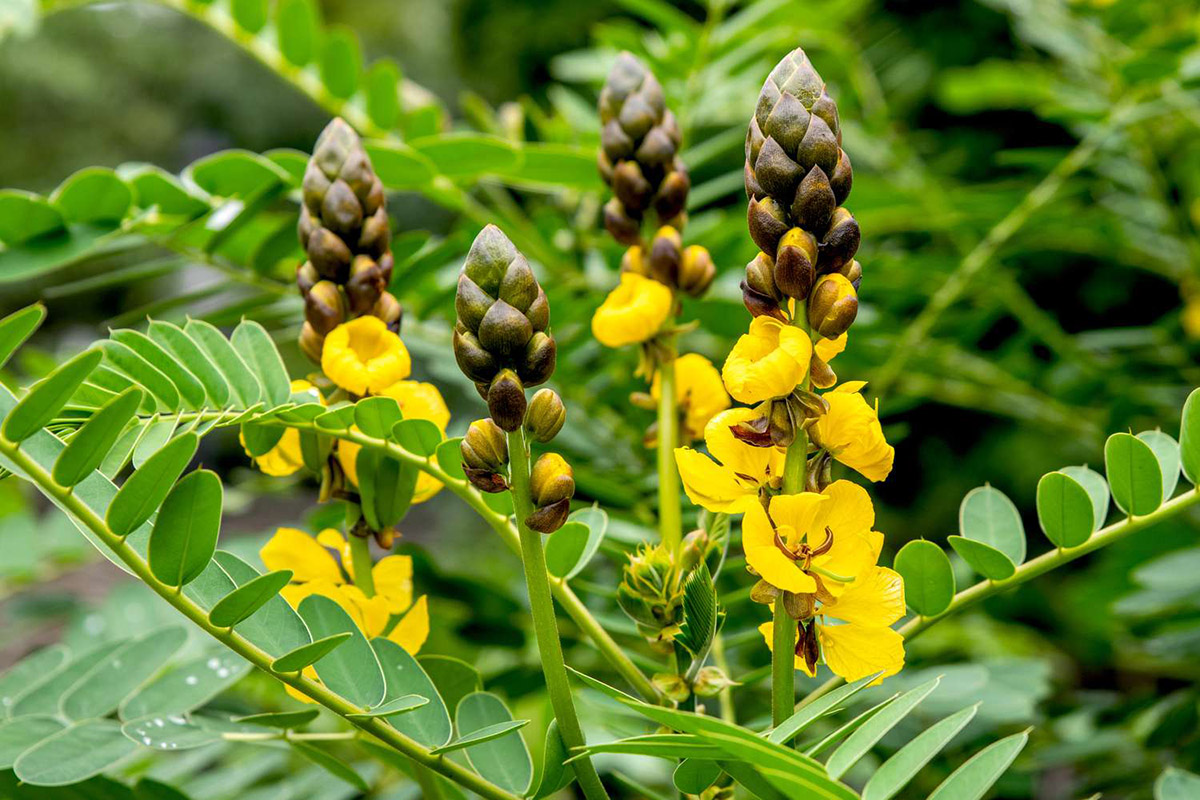
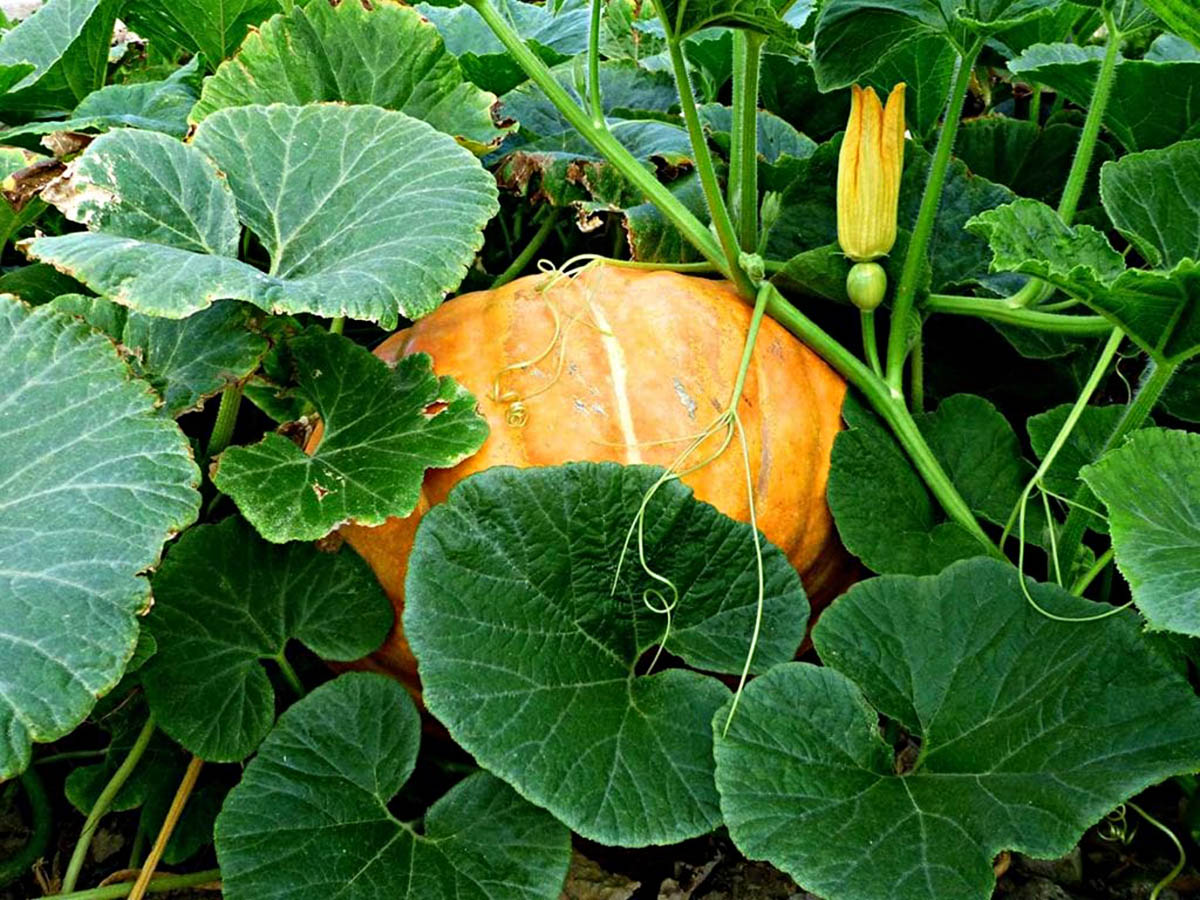
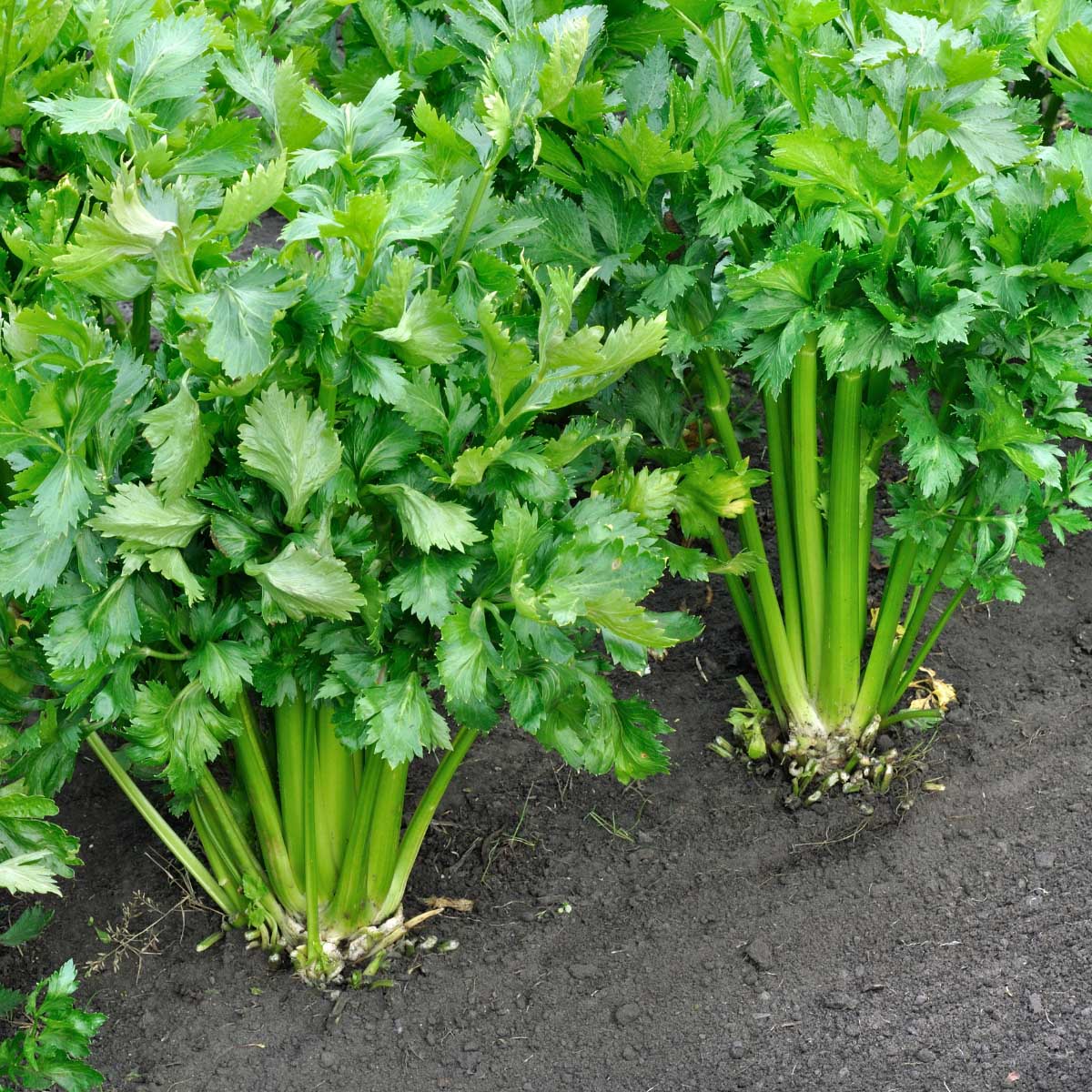
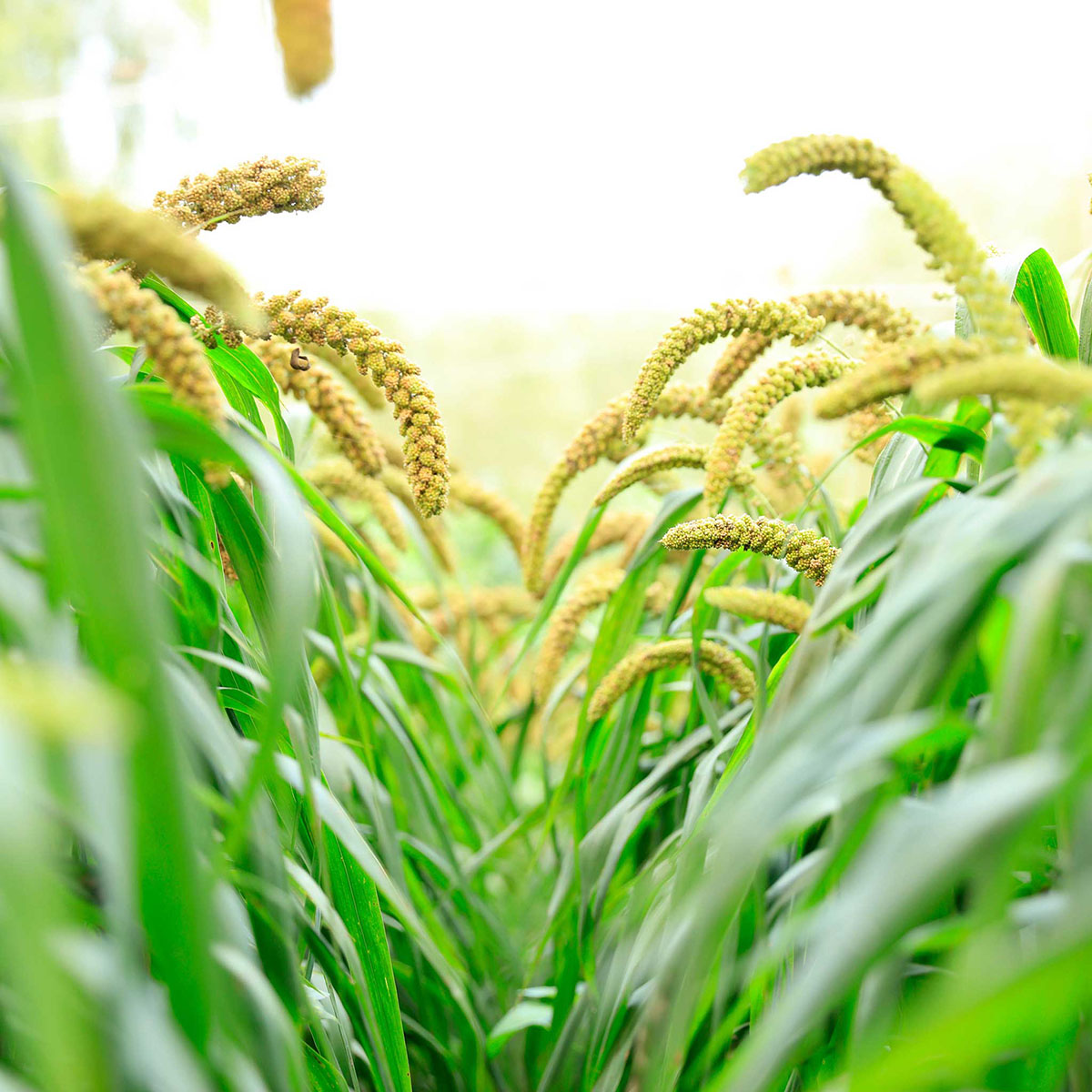
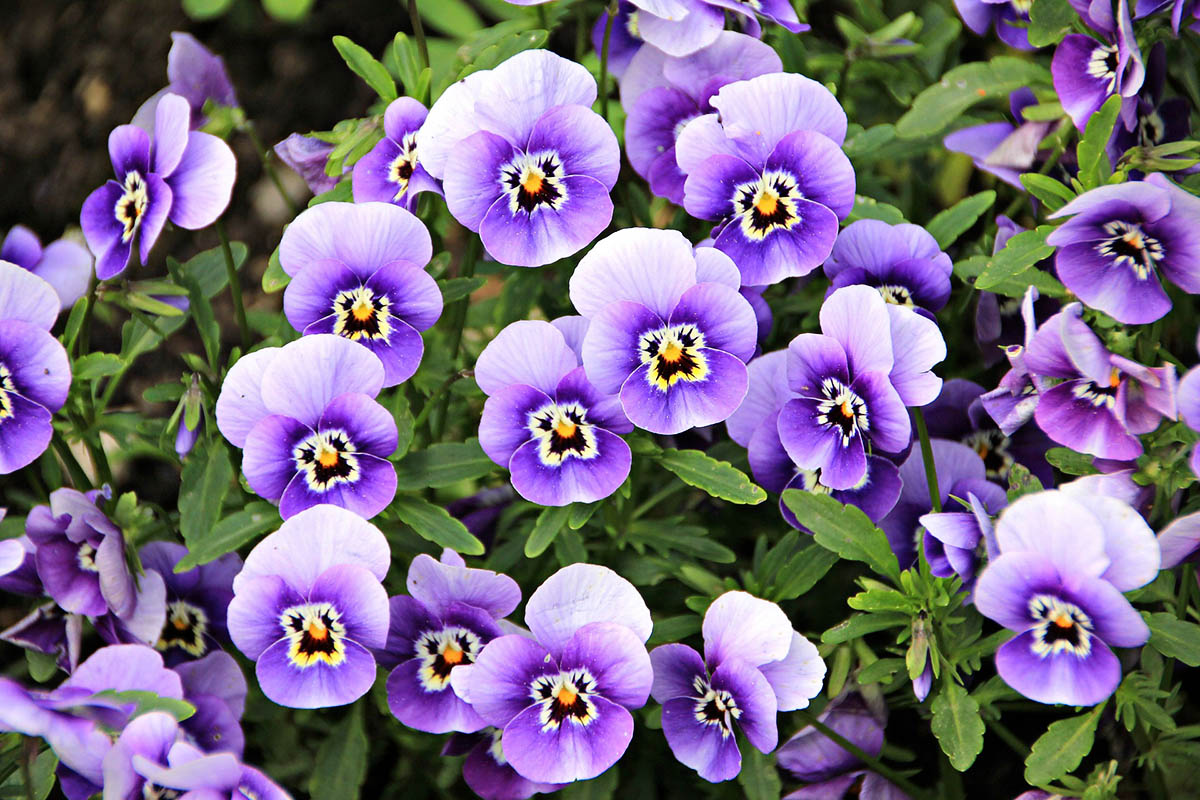
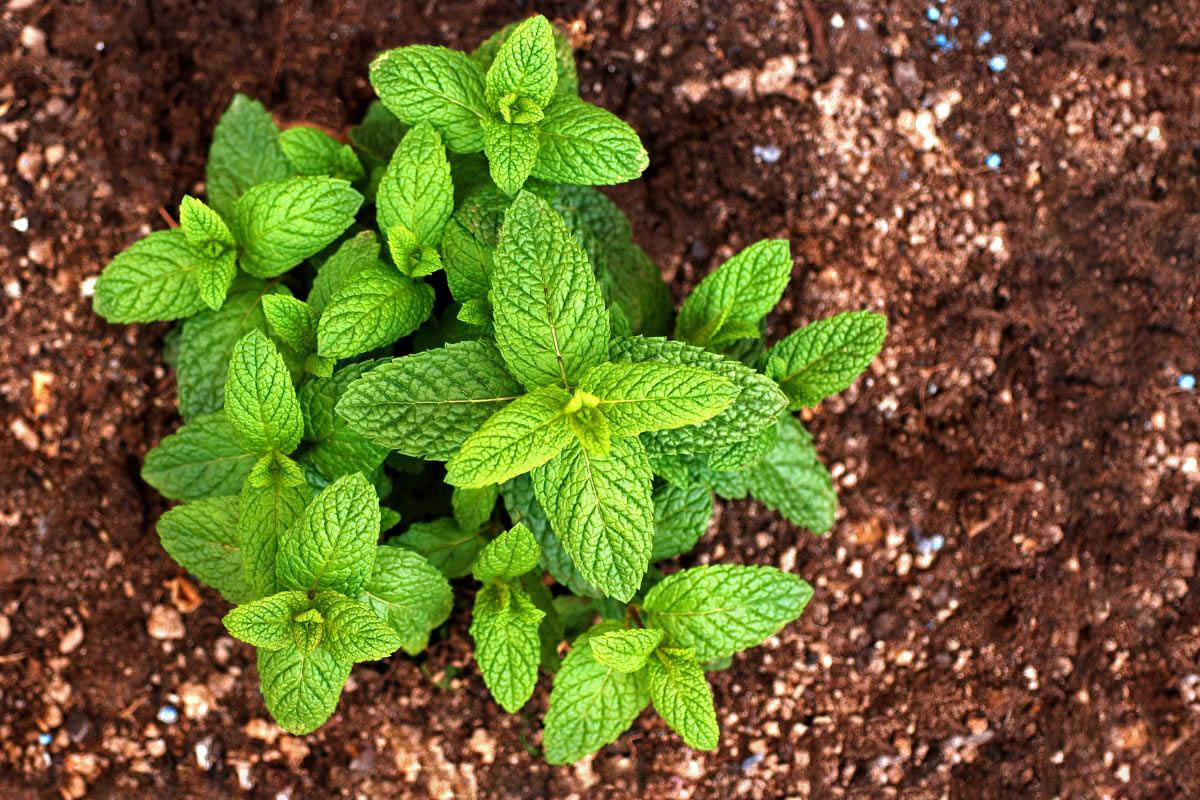
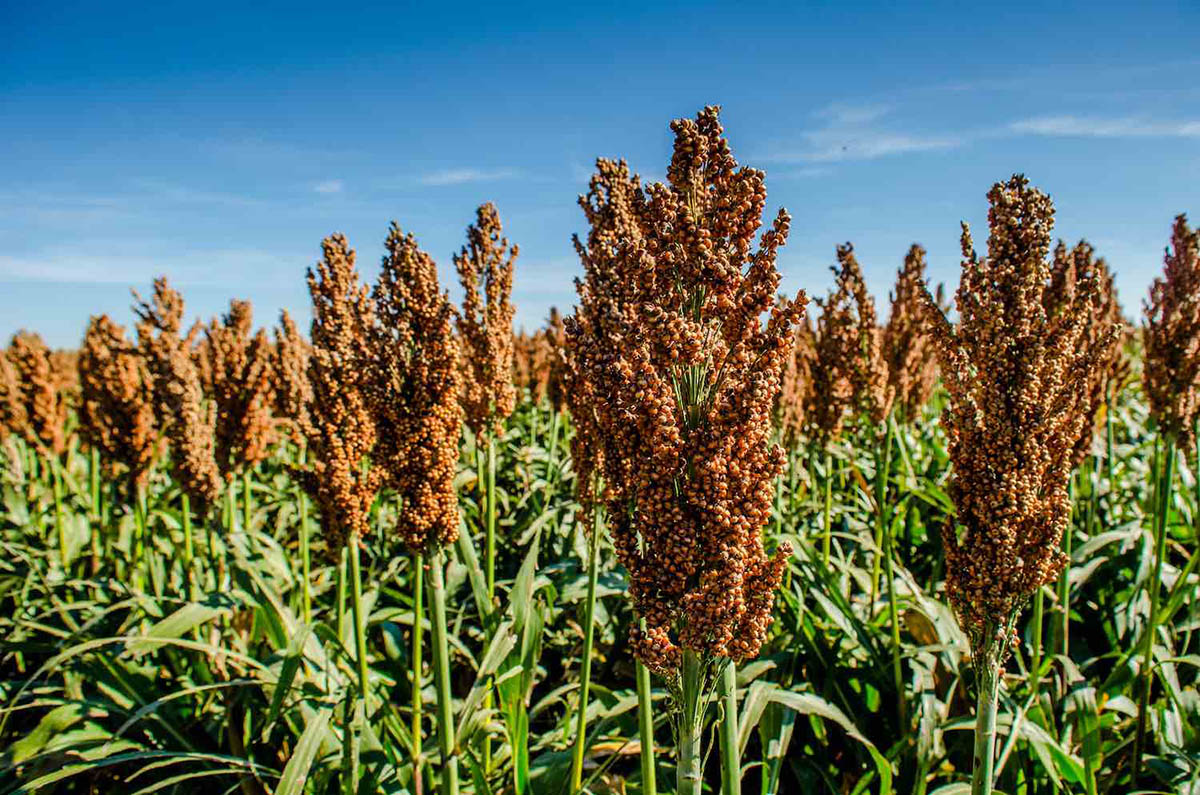
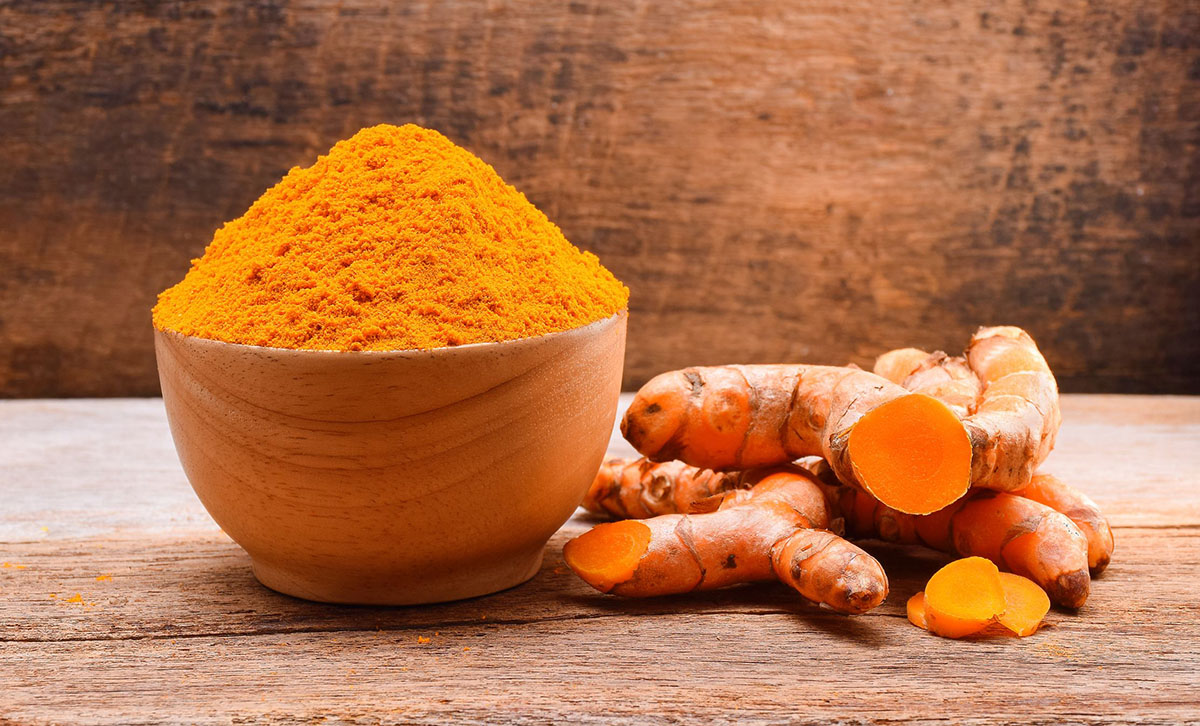

0 thoughts on “How Long Does It Take Solidago Speciosa To Germinate”